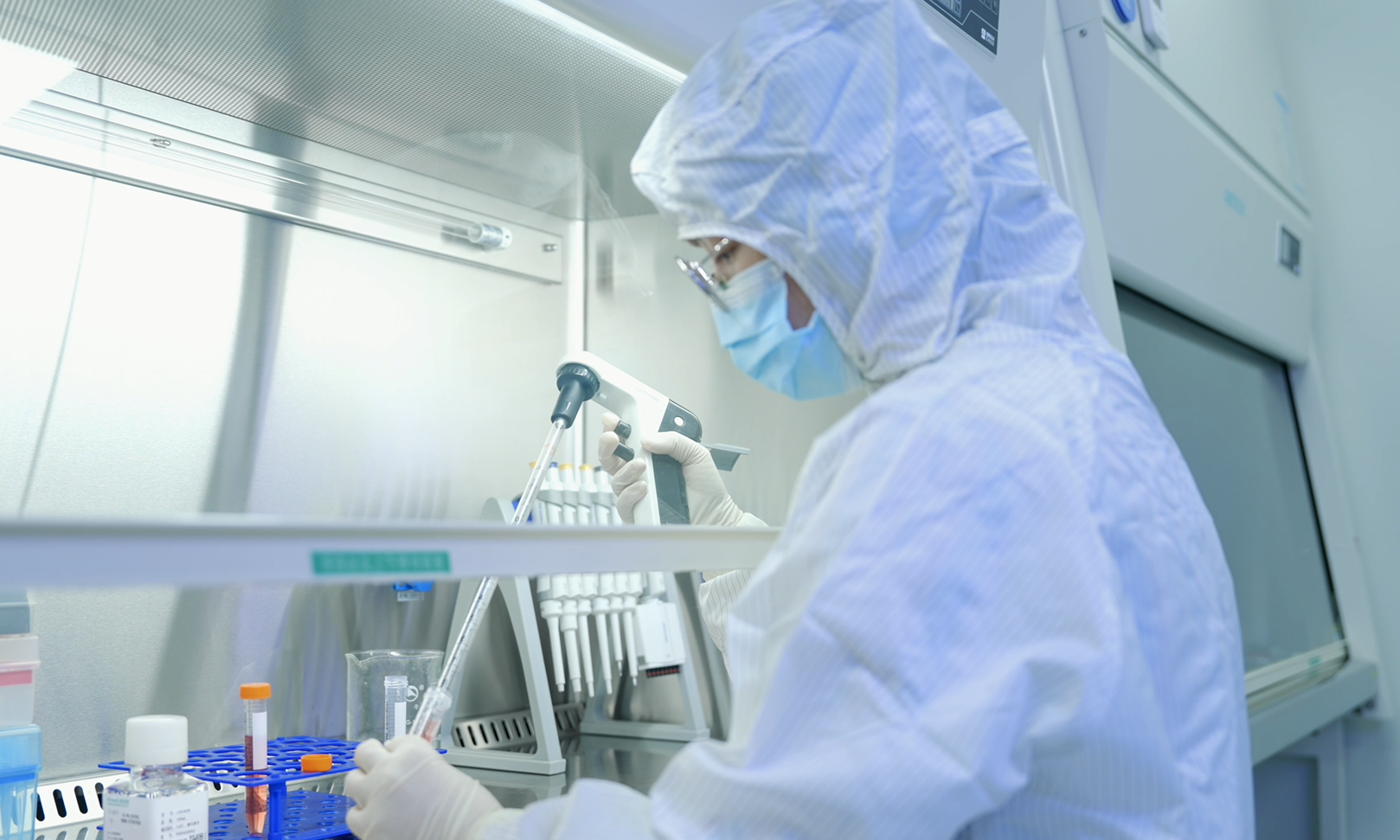Chen Yeguang, President of the Chinese Society of Cell Biology, believed that this was a necessary and important step in the development of stem cells in China, which was of great significance to the standardization of the whole field and industry and human health.
Ji Weizhi, president of the Stem Cell Biology Branch of the Chinese Society of Cell Biology, said the release of the first international standard on stem cells shows that China has become a world leader in basic research and research on some methods and technologies in this field.
Wang Songling, academician of Stem Cell Biology Branch, believes that the release of ISO 24603 is a breakthrough for the field of stem cells and contributes Chinese wisdom and solutions to the field of stem cells around the world.
George Dagher, Convenor of the International Organization for Standardization Biotechnology Committee WG2, believes that the ISO 24603 international standard provides the requirements for the identification of the establishment and maintenance characteristics of pluripotent stem cells, which is an international consensus reached by national experts based on ISO, and is a critical and necessary step in the field of stem cells.
Christine L. Mummery, member of the International Stem Cell Society Standards Steering Committee and former president of the International Stem Cell Society, spoke highly of the achievements of the Chinese stem cell standards and expected the work of the Chinese stem cell standards to establish international benchmarks in the field of stem cells.
Glyn Stacey, member of the Biotechnology Committee of the International Organization for Standardization and member of the Standard Steering Committee of the International Stem Cell Society, believes that the process of ISO 24603 development is a difficult process that has long been full of various challenges and needs to deal with various international issues in addition to technical issues, and finally reach international consensus. The standard is the first international standard in the field of stem cells, a monumental achievement.
Zheng Jian, deputy director of the Department of Basic Research of the Ministry of Science and Technology of China, said that the ISO 24603 international standard is not only an admission certificate for the world stage of science and technology, but also provides strong support for the development of stem cell related industries, and injected a new "tonic" for the scientific and technological innovation in the field of life and health in China.
Xu Hang, deputy director of the Development Bureau of Science and Technology Promotion, Chinese Academy of Sciences, believes that ISO 24603 is the first international standard in the field of stem cells, which is led by China and participated by experts from Japan, Germany, Italy, the United Kingdom, the United States and other countries. It is also an important embodiment of China's international status in the field of stem cells.
In recent years, China has been stepping up the formulation of related standards in the field of stem cells. In the past four years, the Standards Working Committee of the Chinese Society of Cell Biology has led 16 international standard proposals, 42 national standard proposals and 24 group standard proposals. It has participated in the research of 19 international standards and 13 national standards, and played an important role in the standardization construction of stem cell field, standardizing the development of stem cell industry, protecting the rights and interests of subjects, and promoting the transformation and application of stem cells.
 The first five-year plan for bioeconomy was launched to promote the development of the cell therapy industry
The first five-year plan for bioeconomy was launched to promote the development of the cell therapy industry